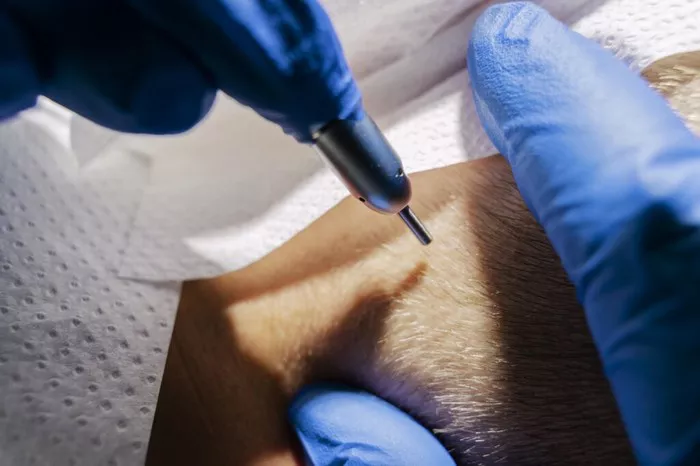Hair transplantation is a popular cosmetic procedure for people looking to restore their hairline and regain their confidence. However, many people are skeptical about the effectiveness of this procedure. In this article, we will explore the science behind hair transplantation and answer the question: does hair plantation work?
How Hair Transplantation Works
Hair transplantation is a surgical procedure that involves taking hair follicles from one part of the body (usually the back of the head) and transplanting them to another part of the body (usually the scalp). The transplanted hair follicles will then grow new hair in the recipient area, effectively restoring the hairline.
The effectiveness of hair transplantation depends on a number of factors, including the skill of the surgeon, the quality of the hair follicles, and the patient’s overall health and lifestyle. Generally speaking, hair transplantation is most effective for people who are experiencing hair loss due to hereditary factors, as these individuals tend to have healthy hair follicles that can be transplanted successfully.
The Success Rate of Hair Transplantation
The success rate of hair transplantation varies depending on a number of factors, including the skill of the surgeon, the quality of the hair follicles, and the patient’s overall health and lifestyle. However, studies have shown that hair transplantation is generally a safe and effective procedure, with success rates ranging from 80% to 95%.
It’s important to note that the success of hair transplantation is not immediate. It can take several months for the transplanted hair follicles to begin producing new hair, and it may take up to a year for the full results of the procedure to become apparent.
The Risks and Side Effects of Hair Transplantation
Like any surgical procedure, hair transplantation carries some risks and potential side effects. Some of the most common side effects include swelling, bruising, and discomfort in the scalp area. In rare cases, patients may experience infection, bleeding, or scarring.
To minimize the risks and potential side effects of hair transplantation, it’s important to choose a skilled and experienced surgeon, follow all pre- and post-operative instructions carefully, and maintain a healthy lifestyle.
Alternatives to Hair Transplantation
For people who are not good candidates for hair transplantation or who are not interested in undergoing surgery, there are a number of non-surgical alternatives to consider. These include hair loss medications, such as finasteride and minoxidil, as well as hair replacement systems, such as wigs and hairpieces.
While these alternatives may not be as effective as hair transplantation, they can still provide a viable solution for people who are experiencing hair loss.
Conclusion
Hair transplantation is a safe and effective procedure for restoring hairline and regaining confidence. While the success of hair transplantation depends on a number of factors, studies have shown that it has a high success rate. However, like any surgical procedure, hair transplantation carries some risks and potential side effects, and it’s important to choose a skilled and experienced surgeon and follow all pre- and post-operative instructions carefully. For people who are not good candidates for hair transplantation or who are not interested in undergoing surgery, there are a number of non-surgical alternatives to consider.


